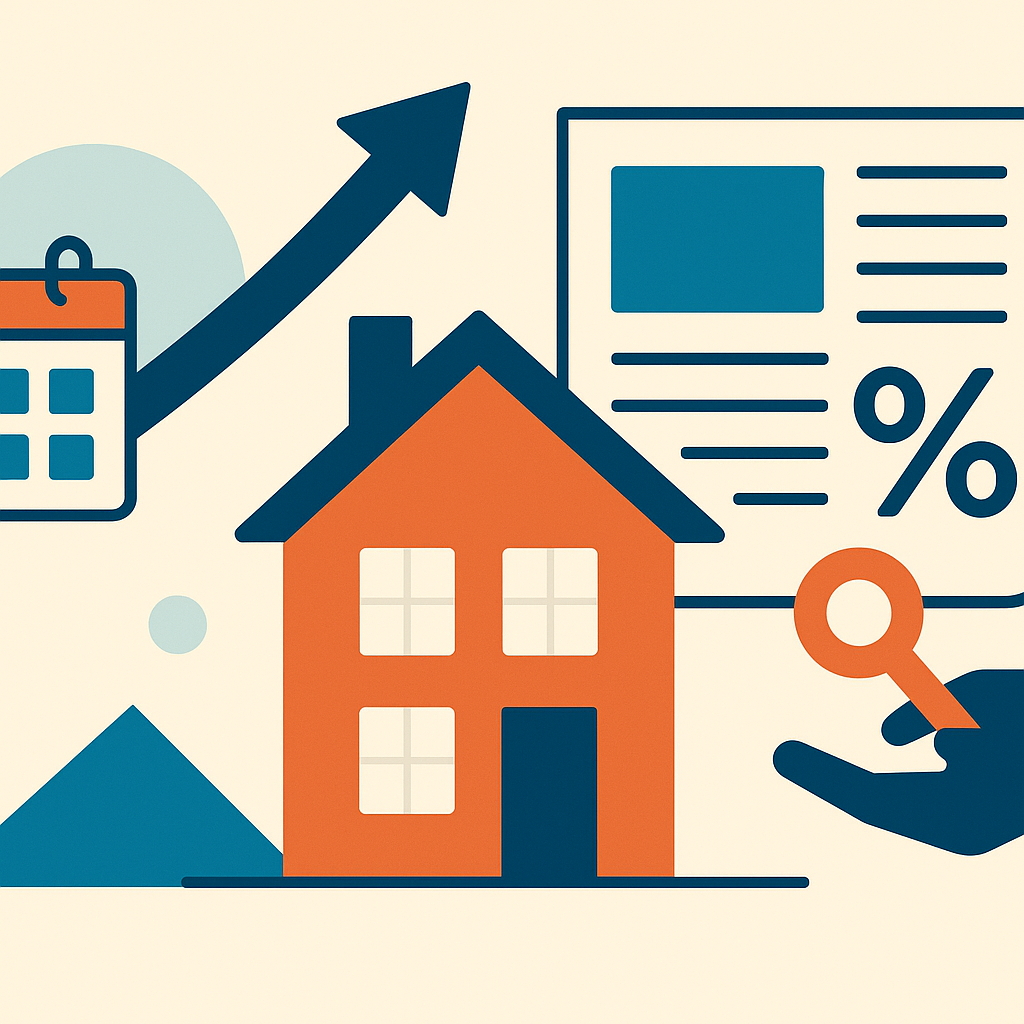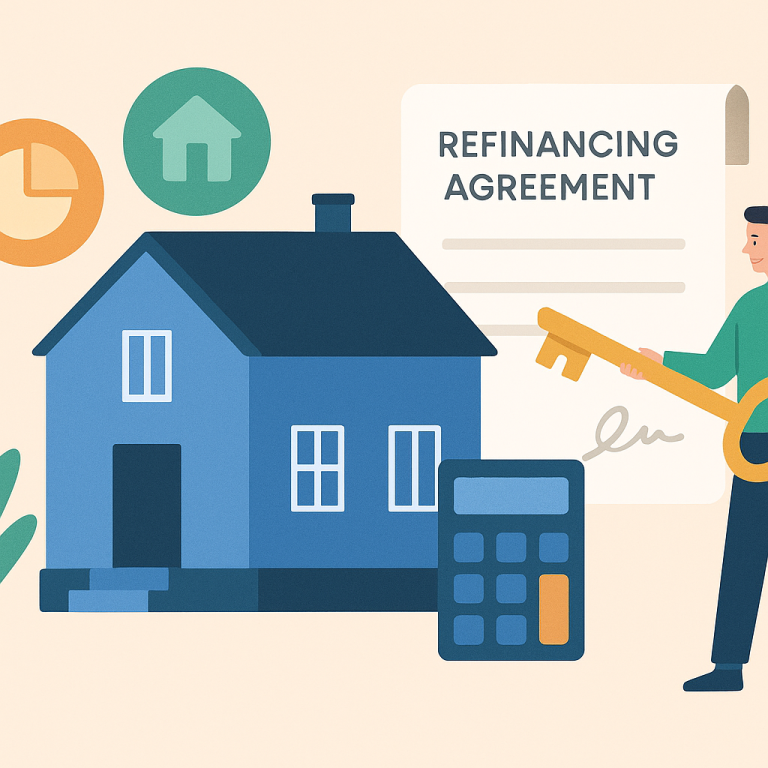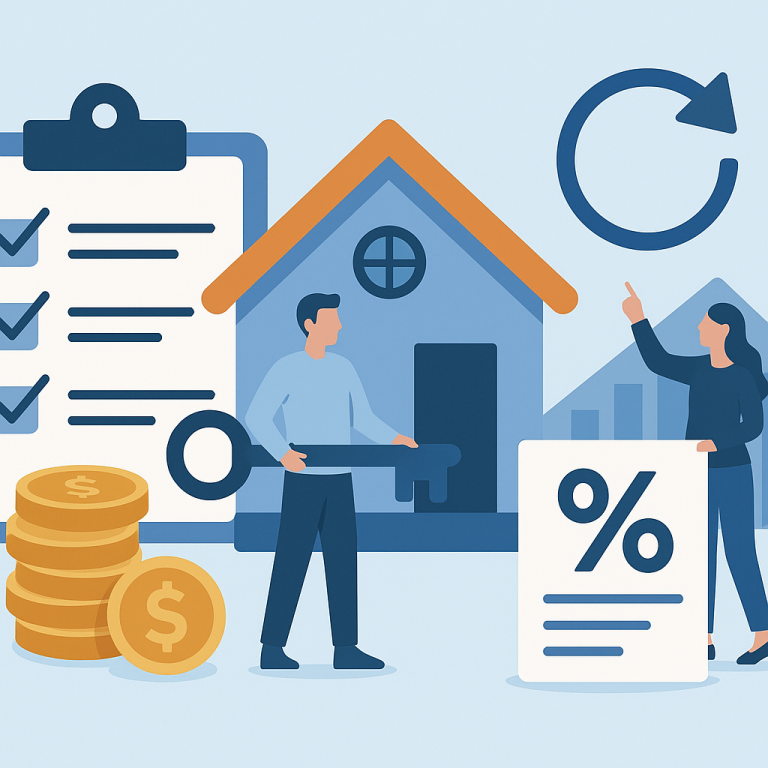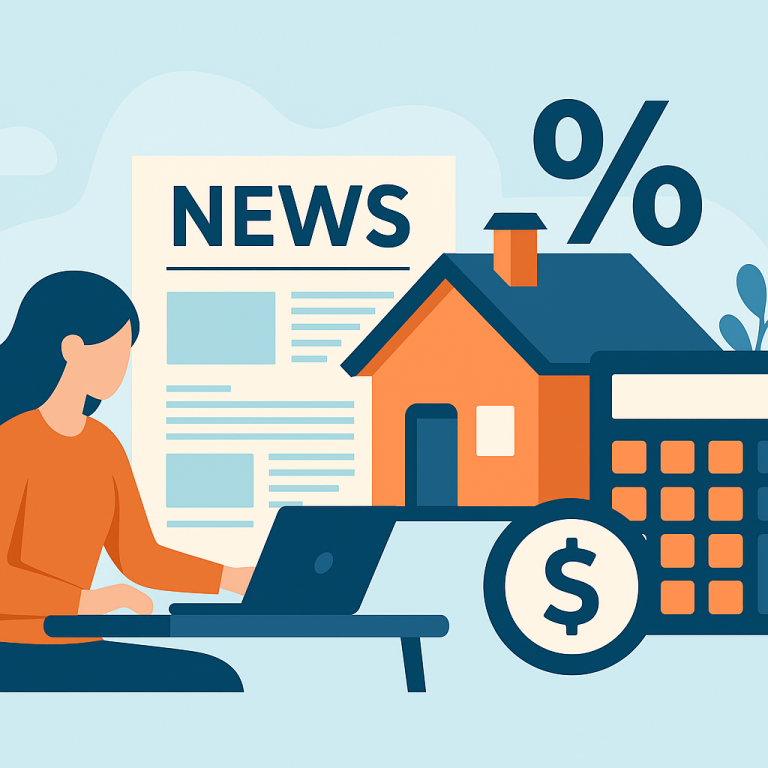Mortgage Refinancing Rates Fall 0.25%; 30-Year Average Drops To 6.5%
At a glance: The latest mortgage rate drop and how it could affect refinancing decisions.
Mortgage rates have moved lower. That can improve affordability and may reopen refinance options for borrowers whose current rate is above today’s quotes.
What the Rate Drop Means for Borrowers
Many homeowners consider refinancing to reduce their monthly payment, but another common—and often overlooked—goal is shortening the loan term. Refinancing from a longer-term mortgage to a shorter-term one can significantly reduce the total interest paid and accelerate equity building. This article explains when that choice makes sense, who benefits most, and how to evaluate the trade-offs.
Why homeowners shorten their mortgage term
Shorter-term mortgages typically come with lower interest rates and force faster principal repayment. The combination reduces the overall cost of borrowing and increases home equity more quickly than staying in a longer-term loan. For homeowners who plan to stay in their home long enough to recoup closing costs and who can handle a higher monthly payment, a term reduction can be a financially efficient move.
Who benefits most
- Homeowners with stable, predictable income who can accept a higher monthly payment in exchange for paying far less interest over the life of the loan.
- Borrowers close to paying off high-interest debt who want a disciplined way to prioritize principal reduction without taking on additional loans.
- Owners with substantial existing equity who can qualify for a shorter-term loan without needing private mortgage insurance or costly loan programs.
- Those who plan to remain in the property for several years and therefore can spread the one-time refinance costs over a longer ownership period.
How to evaluate whether to refinance to a shorter term
Start by comparing the new monthly payment and total interest across the remaining years of your current loan versus the proposed shorter-term mortgage. Consider the break-even horizon—the time it takes for interest savings to exceed closing costs. If you expect to own the home beyond that horizon, a term reduction is more likely to yield net savings.
Also assess cash flow needs and emergency savings. A shorter term raises monthly payments in most cases; ensure the higher payment fits your budget under likely economic scenarios. Finally, check prepayment penalties, potential credit impacts from a new loan, and whether any home improvements or life changes might make a more flexible payment structure preferable.
Practical steps to refinance into a shorter term
- Gather recent mortgage statements, proof of income and assets, and documentation of property value (appraisal or comparative data).
- Shop multiple lenders to compare interest rates, fees, and estimated closing costs. Request written loan estimates for apples-to-apples comparisons.
- Run a break-even analysis to determine how long it will take to recoup refinancing costs through lower total interest.
- Lock a rate once you find a competitive offer, and stay mindful of timing around any planned moves or large expenditures.
Homeowner takeaways
Refinancing to a shorter mortgage term can be an effective strategy to reduce lifetime interest and build equity faster, but it typically increases monthly payments and incurs closing costs. Favor the move if you have steady income, adequate emergency savings, significant equity, and a multi-year horizon in the home. Evaluate lender offers carefully, run a break-even analysis, and be realistic about your ability to manage the higher payment before committing.
META: refinance shorter-term mortgage takeaways homeowners analysis






